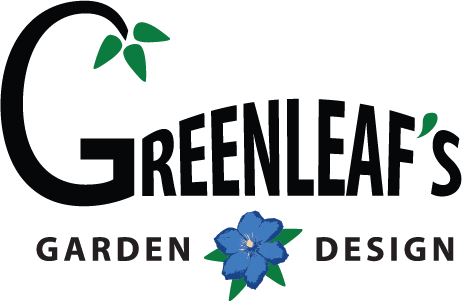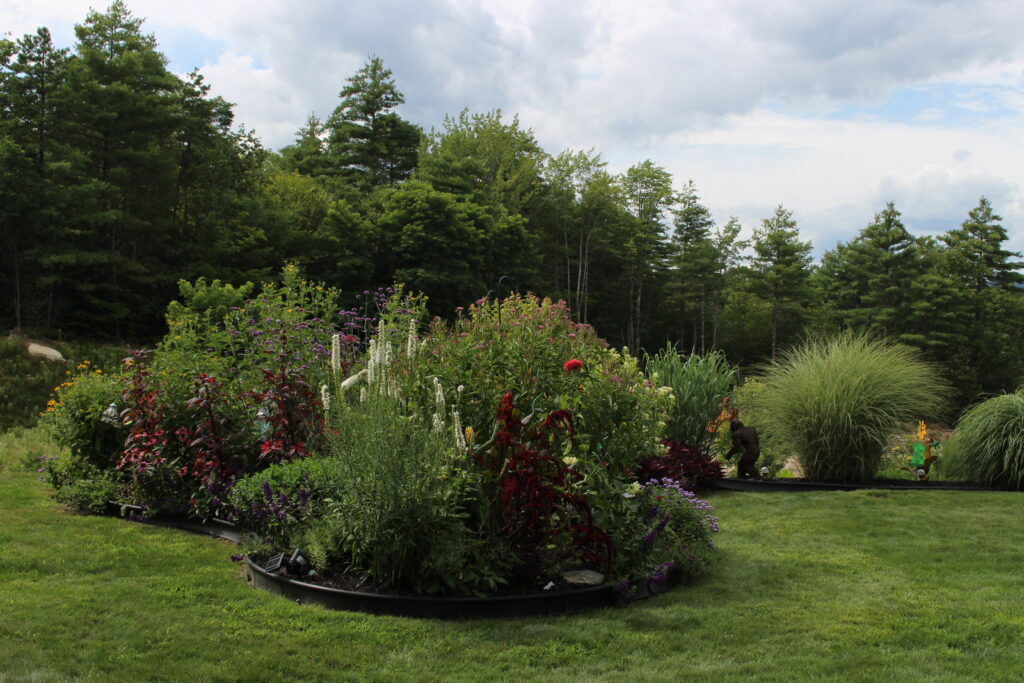
Rich Gambale
Garden Design
Let’s Plan Your new landscape design!
Garden Design
Initial Conversation
We pick a day to meet and we ask questions about your requirements and your dreams for your new garden. It’s an interactive conversation we are building a garden that reflects you, and the land’s own unique environment. Rich will ask questions and will listen to your desires and needs. He then assesses the site, noting how much sunshine will reach the garden, what the soil condition is and the wind impact will be.
Design is next
Rich will create a plant list, and design to bring your dream garden to life.
Design Review
Rich will meet with you to share the uniquely made design. Will this match your vision for the new garden? Then the fine tuning of the design will start.
Installation
Rich will inform you step by step how the installation will go forward. Rich will choose a day that fits into your schedule. Upon completion Rich will share with you the amount and type of care the new garden needs to help it thrive. Will you maintain the garden yourself or will you need our help?
Garden Options:
Raised beds
Elevated gardens are often more productive than beds in the ground because the soil is less compacted, has better drainage, and warms earlier in the spring, meaning that plants will start to grow earlier in the season.
If your soil is poor, compacted, too sandy, or hard clay, creating a raised bed is the best solution. A 50/50 mix of both quality loam and compost is ideal to create pretty flowers and productive vegetable or herb gardens. Soil, moisture, and sunshine are key requirements for success.
By being elevated some animals are deterred, the solution to other potential thieves of your hard work is fencing at stakes.
Edible Herbs
Herbs are one of the easiest groups of edibles to grow. They are determined to grow and require just a small space to live. They thrive in containers. They are super food sources for pollinating and beneficial insects. Most herbs have little to no problem with insect damage. Overall, herbs are so low maintenance that your main tending task is just to harvest from them often to promote more growth. If you have a shady space that gets at least four hours of sun, you could plant a little herb garden there. They add beauty to your space, from the feathery leaves of a dill plant to the silvery velvet of sage, herbs are an attractive option.
Hedges
When choosing plants, gardeners usually think of flowers first. Often overlooked are plants with foliage interest, which add a different component to the landscape.
There are many kinds of annuals, perennials, shrubs, and trees that provide leaf color throughout the growing season. Foliage can be an effective background element or take center stage.
Look for foliage attributes such as color, variegated patterns, leaf shape and texture. Some varieties change hues throughout the year, while others exhibit spectacular fall color. Think about how different plants will look together and how foliage complements other features such as flowers, berries, fruit, and
bark.
Color and texture are two of the most important foliage characteristics.
Foliage Coloration and Size
Color, particularly, tends to catch our attention. Whether it’s chartreuse, purple, blue, variegated, or mottled, brightly colored foliage offers a very striking accent in the landscape. Generally, plants with more vibrant foliage are reserved for specimens or for brightening dark corners. Rarely are they used
extensively as a backdrop for the garden.
Variations of grey and silver foliage occur naturally in drier parts of the country. They combine well with many shades of green and can be used in masses, making them very versatile in a landscape design. Gardens featuring silver and grey-toned plants are attractive and calming and can offer a bright spot in the evening hours.
When viewed from a distance, the size of the leaves affects the “texture” of the design, with large leaves giving a coarse appearance and small foliage resulting in a fine-textured appearance.
Less is More
As with any good design, less is more. Pick a few plants to add boldness and contrast and let the rest of the garden offer subtle repetitions and variations of a similar theme. Experimenting with foliage is a fun and easy way to enliven your garden.
The next step is to contact Rich to set up a time to meet. Fill out the email questionnaire on the “Contact Us” page.


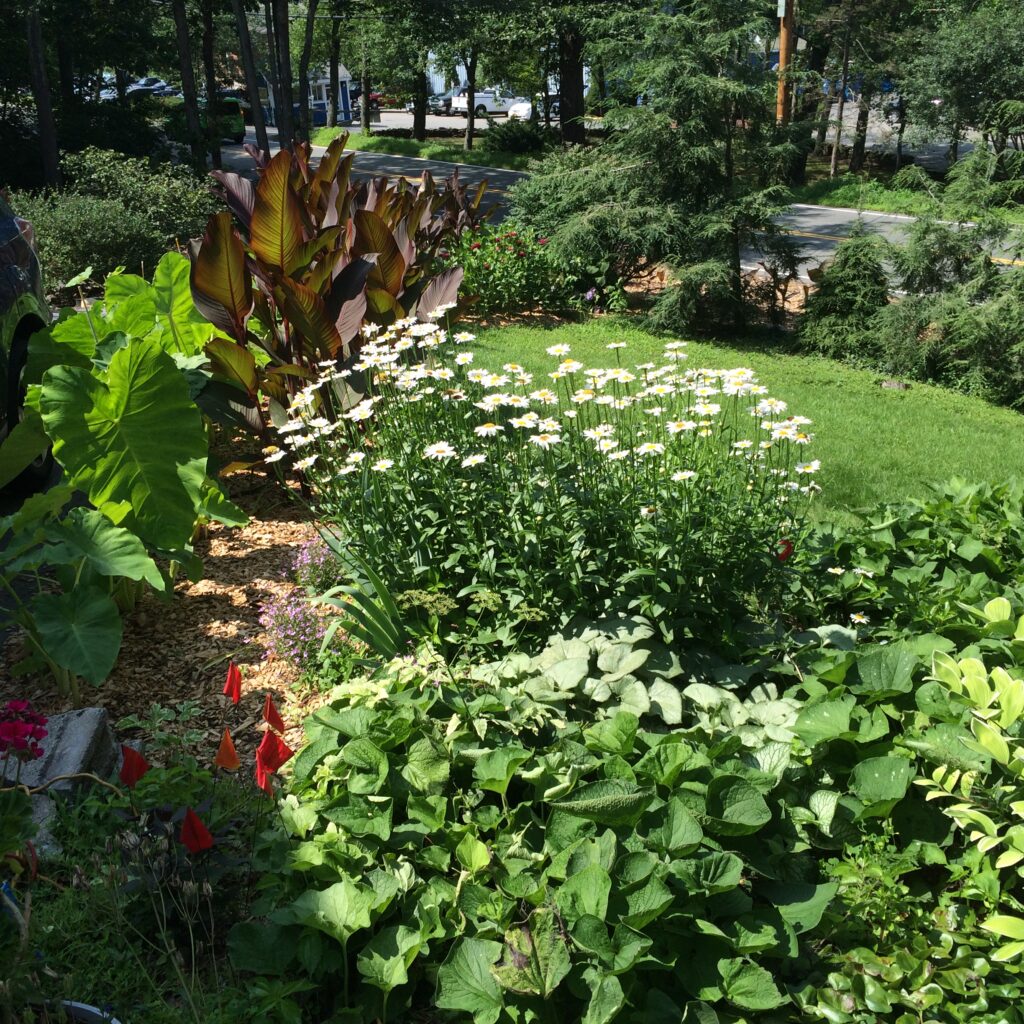
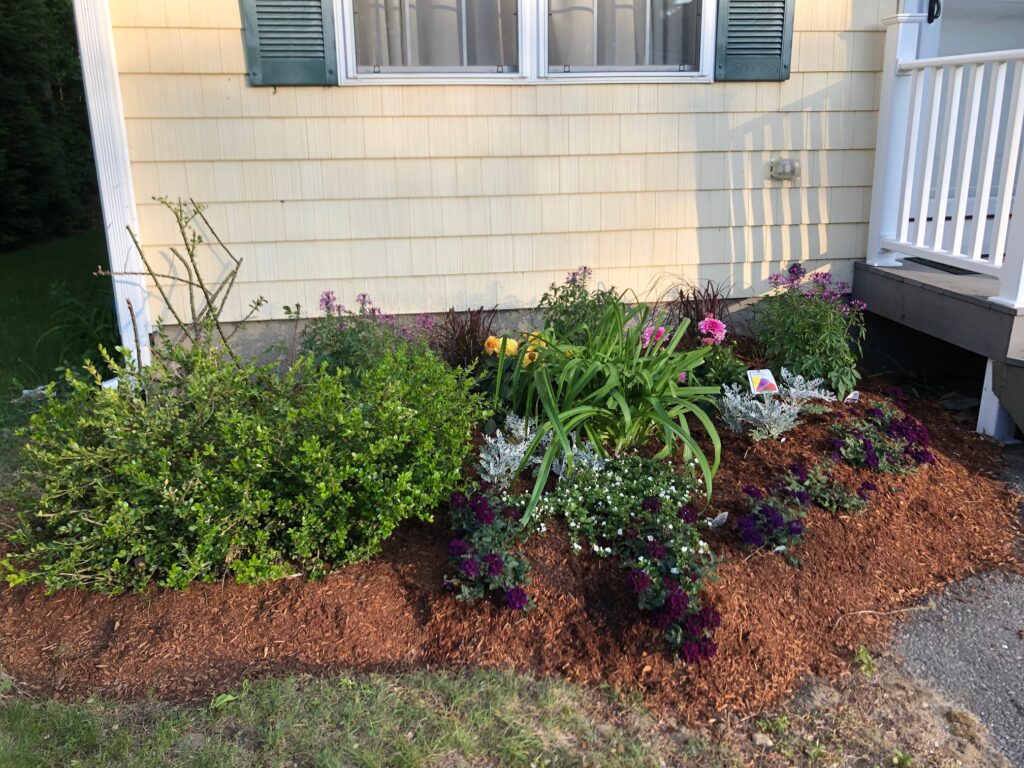
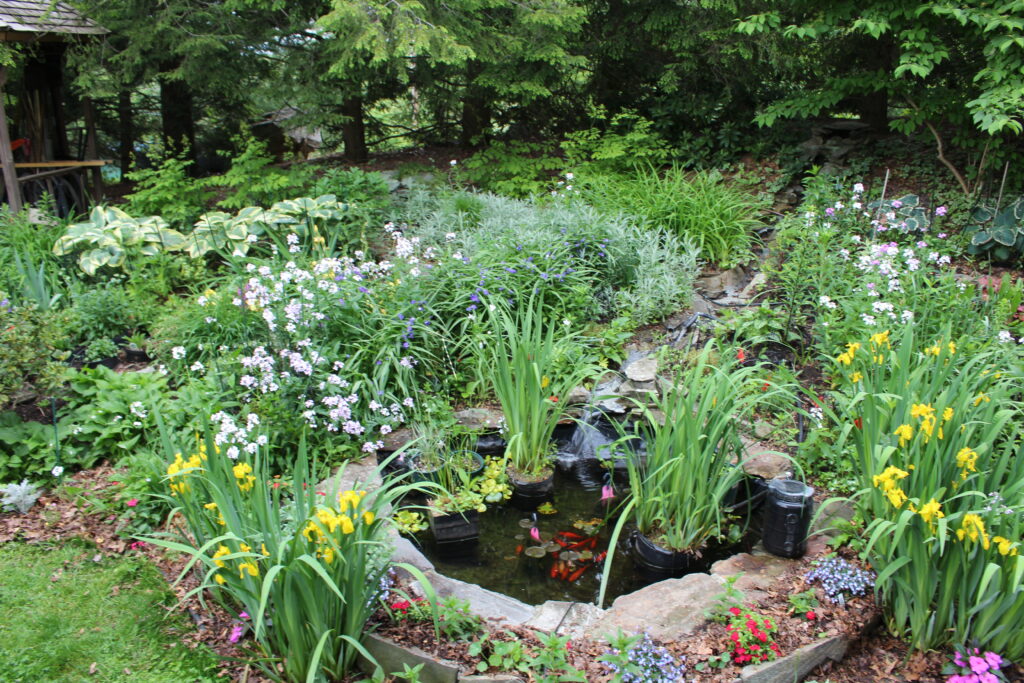
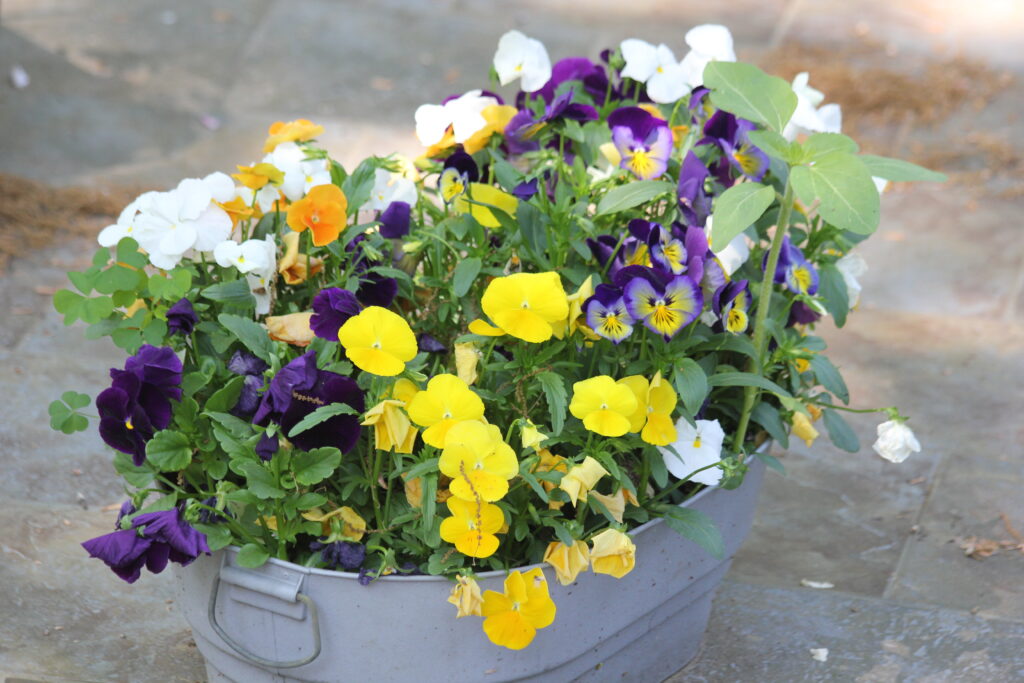
Call (978) 888-1715
Types of Gardens
- Wet Locations
- Native and Food for Wildlife
- Slopes
- Sun and Shade
- Vegetable
- Herbs
- Raised Beds
- Summer and Fall Bulbs
- Hedges
- Foliage
Get IN touch
Richg@greenleafsgardendesign.com
(978) 888-1715
382 Dunstable Road
Tyngsboro, MA 01879
Store Hours
M-F: 8am - 6pm
Sat: Closed
Sun: Closed
Call (978) 888-1715
Types of Gardens
- Wet Locations
- Native and Food for Wildlife
- Slopes
- Sun and Shade
- Vegetable
- Herbs
- Raised Beds
- Summer and Fall Bulbs
- Hedges
- Foliage
Get IN touch
Richg@greenleafsgardendesign.com
(978) 888-1715
382 Dunstable Road
Tyngsboro, MA 01879
Store Hours
M-F: 8am - 6pm
Sat: Closed
Sun: Closed
